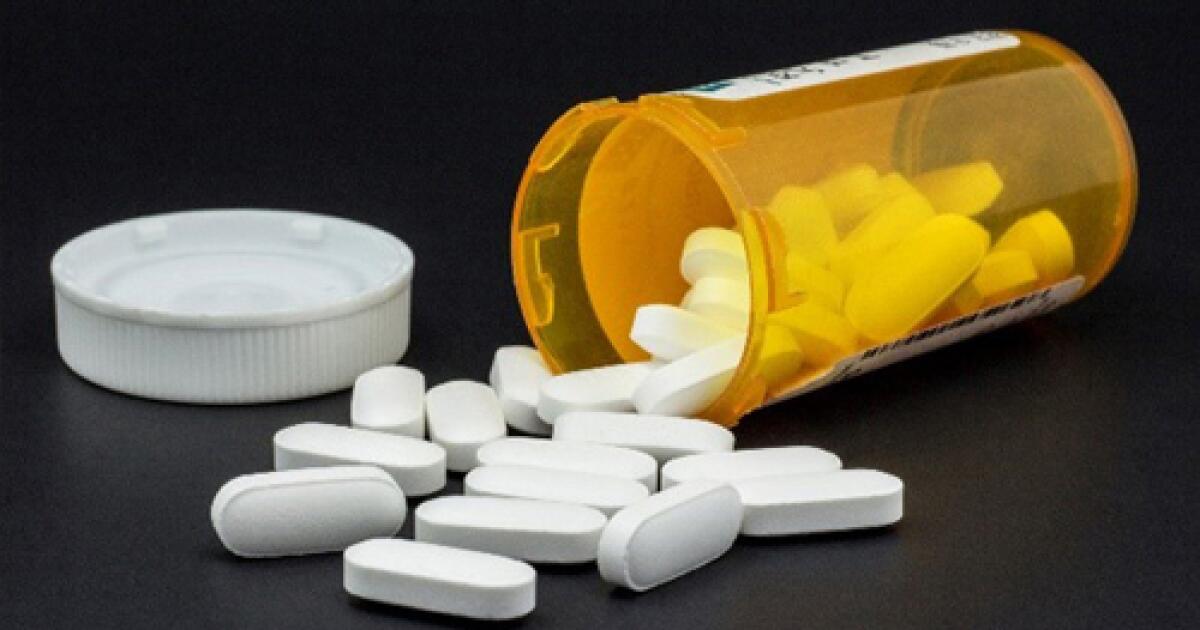CDC warns of dramatic rise in dangerous drug-resistant bacteria. How you can protect yourself

Infection rates are soaring in the United States due to a menacing bacteria that are resistant “to some of the strongest antibiotics available,” prompting infectious-disease experts to warn about the difficulty of responding to the surge.
The Centers for Disease Control and Prevention warned in a report this week that between 2019 and 2023, bacterial infections caused by a “super bug” bacteria dubbed NDM-producing carbapenem-resistant Enterobacterales (NDM-CRE) surged by more than 460% in the U.S.
The NDM-CRE is a type of bacteria with a special gene that can break down powerful antibiotics rendering most drug treatments ineffective, said Shruti Gohil, associate professor of infectious diseases at UC Irvine School of Medicine.
“This makes these ‘superbug’ bacteria very hard to treat because they’re resistant to some of the strongest antibiotics we have,” Gohil said.
The CDC’s findings, originally published in a 2022 report, noted that there were approximately 12,700 infections and 1,100 deaths in the U.S. in 2020 due to this drug-resistant bacteria.
The public health agency did not determine the exact reason for the surge; however, there is an association involving the use of antibiotics to treat COVID-19 patients in the beginning of the pandemic, said Neha Nanda, medical director of antimicrobial stewardship with USC’s Keck Medicine.
Public health officials warn that NDM-CRE has not historically been common in the U.S., so healthcare providers might not suspect it when treating patients with bacteria-related infections.
The rise of the bacteria also “threatens to increase NDM-CRE-related infections and deaths,” according to the CDC.
This is the second report the CDC released that highlighted a rise in bacteria-related cases, the most recent was published in June and focused on cases in New York City between 2019 and 2024.
Available treatment for NDM-CRE?
Experts say people with NDM-CRE bacteria won’t have any symptoms unless they develop an infection. Once they develop an infection, the symptoms will vary. NDM-CRE can cause such ailments as pneumonia, bloodstream infections, urinary tract infections and wound infections.
Some symptoms can include fever, chills with cough, shortness of breath if the bacteria infect the lung, and pain or blood when urinating if the bladder/kidneys are infected.
Since the bacteria are resistant to most antibiotics, treatment options are severely limited, leading to slower recovery and higher risk of serious complications or death, Gohil said.
Another reason health officials are concerned is because the bacteria can spread to others and survive on contaminated surfaces.
Doctors can test for NDM-CRE, but most people do not need to be tested unless they are at higher risk for having it, according to experts.
Those at risk are people who have been “in a hospital (especially in another country), had repeated antibiotics, hospital stays, or invasive medical procedures, or if you’re sick and been in contact with someone known to have NDM-CRE,” Gohil said.
Testing for the bacteria is also difficult because many hospitals and clinics do not have the tools to rapidly detect it in patients even when the patient is not sick.
How to protect yourself against NDM-CRE
NDM-CRE is caused by overuse of powerful antibiotics.
“I think this may be an opportunity for us to change the narrative where all patients typically want antibiotics,” Nanda said.
Nanda advises patients who are being prescribed with antibiotics to ask their healthcare provider:
Why they’re getting prescribed the antibiotics? Why is it necessary?
Ask about your options. Make sure you’ve exhausted all other treatments options before going straight to antibiotics.
“If you need it, you need it, but then be judicious about it,” she said.
Because NDM-CRE infections happen to people who are very sick, patients in hospitals or in long-term care, experts recommend that patients, healthcare staff and visitors in these settings wash their hands and avoid contact with dirty surfaces.



